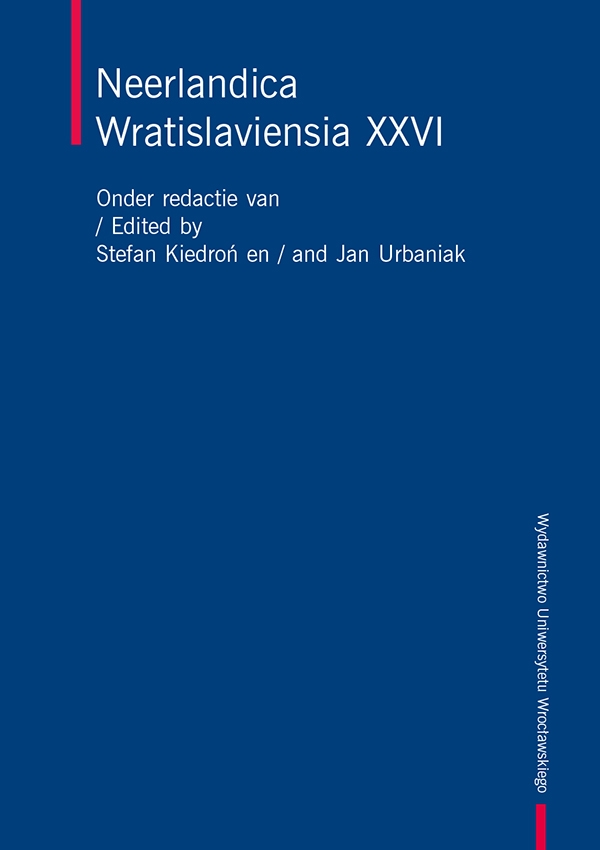

Taalkunde

Language Awareness has been defined as “a person’s sensitivity to and conscious awareness of the nature of language and its role in human life” Donmal 1985: 7, The nature of this definition is too broad Thornbury 1997, allowing for a large number of possible interpretations. Various attempts have been made to narrow down the scope. L. Andrews, for instance, introduced a Language Exploration and Awareness approach to language teaching and learning, stressing, among others, that “students become aware when they have opportunities to explore the distinctions among regional and social varieties” 1998: 6. By extension, this may refer to linguistic varieties as well. Two such varieties of the same language, Dutch, are the ones used in Belgium and the Netherlands Vandekerckhove 2005. This article examines whether Polish students of Dutch are able to distinguish, i.e. are aware of the differences, between the aforementioned varieties of Dutch when used by native speakers. The results are discussed, among others, within the scope of one of the domains of Language Awareness and from the point of view of explicit vs. implicit language learning. Also, some pedagogical implications are provided.